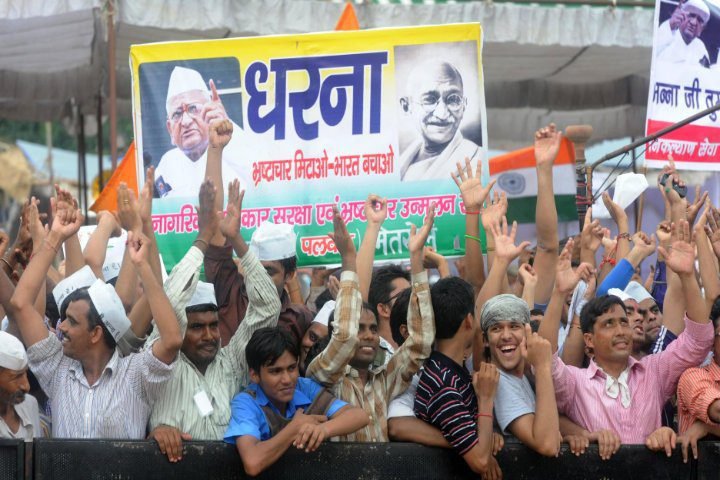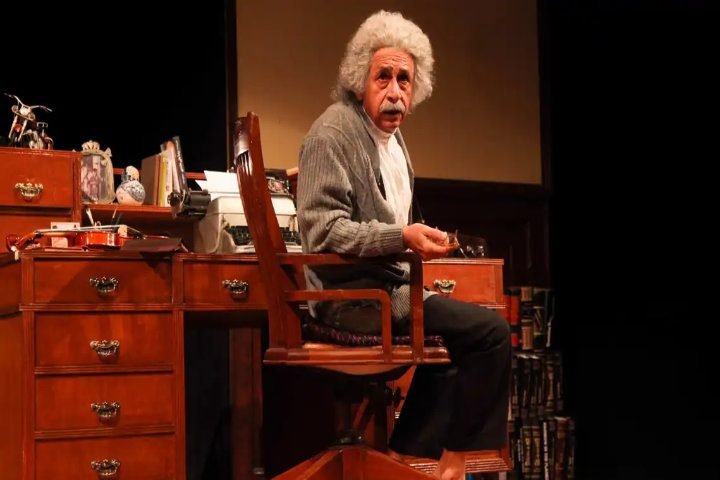- Concept of Socialization
- Media and Social Change
- Social Movements in India
- First War of Independence 1857
- Swadeshi Movement 1905
- Non-Cooperation Movement 1920
- Civil Disobedience Movement 1930
- Quit India Movement 1942
- Land Reform Movement in India
- Chipko Movement 1973
- Dalit Panther Movement 1972
- Mandal Commission Report and Caste-Based Reservation in India 1990
- Narmada Bachao Andolan 1985
- Right to Information Act (RTI) 2005
- India Against Corruption Movement (2011) and Lokpal Act (2013)
- India’s Awakening: The Nirbhaya Movement’s (2012) Impact
India Against Corruption Movement (2011)
In 1991, India opened up its economy by reducing restrictions on market forces and cutting taxes. Before this, the government had implemented a control regime known as “licence-quota-permit-raj,” which led to a corrupt relationship between corporate actors and contractors on one hand, and bureaucrats and politicians on the other.
In This Article
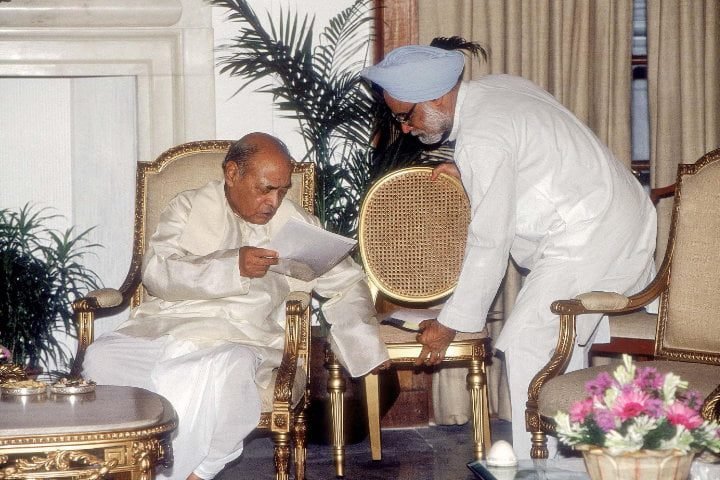

Excessive bureaucratic controls have resulted in declining government efficiency and public service delivery. Ironically, even after liberalization, corruption and inefficiency in the government still prevail.
Since the government controls critical aspects of the economy, such as the allocation of natural resources like mines or the electromagnetic spectrum, preferential allocation of such resources has allowed politicians and bureaucrats to generate substantial kickbacks. Political parties use such allocations to raise party and election funds.
Corruption in politics and public administration has been a major issue in India for a long time. Over the years, several significant movements have urged the government to take action against corruption.
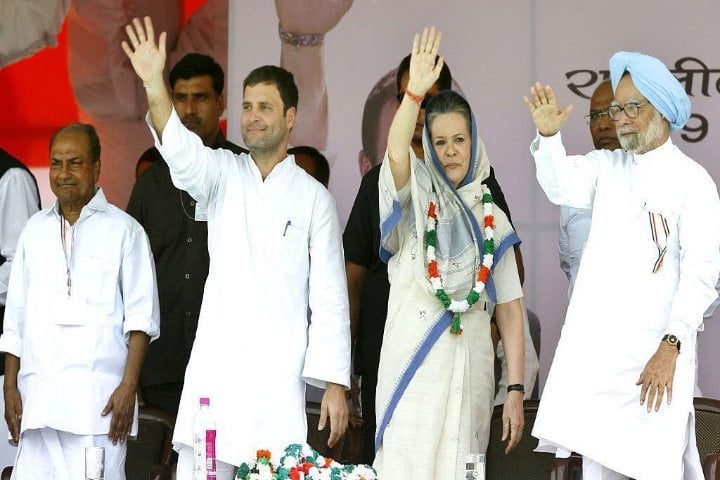

Towards the end of the second term (2009–2014) of the United Progressive Alliance (UPA) government, many instances of corruption were brought to public notice. These incidents revealed that various government institutions were compromised, creating a conducive environment for launching an anti-corruption agitation.
For a long time, calls have been made by prominent activists and civil society organizations to pass the Jan Lokpal Bill to establish a citizen’s ombudsman. However, none were passed despite introducing Lokpal Bills in 1971, 1977, 1985, 1989, 1996, 1998, 2001, 2005, and 2008.
The India Against Corruption Movement, which took place in 2011, was a historic moment for Indian politics as it united millions of Indians. The movement was led by Anna Hazare and his associates, including Arvind Kejriwal, who was an activist at the time and is now the Chief Minister of Delhi.
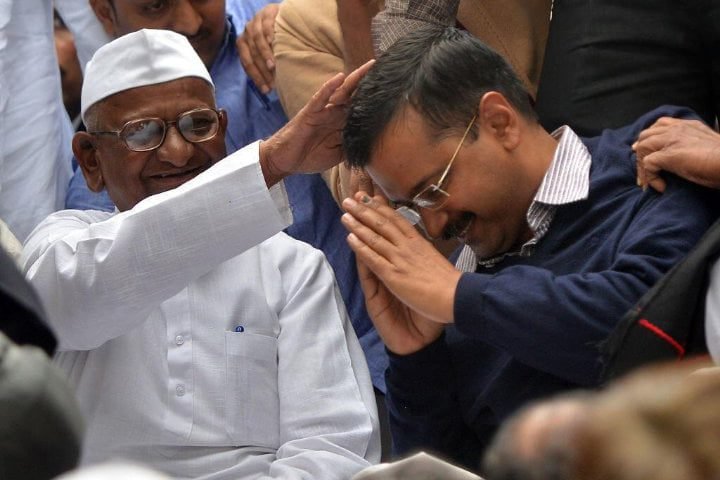

Other notable members of the movement included retired IPS officer Kiran Bedi, Baba Ramdev, Sri Sri Ravi Shankar, non-politician activist Shanti Bhushan, retired justice N. Santosh Hegde, advocate Prashant Bhushan, and Yogendra Yadav, among others.
Anna Hazare’s hunger strike had a ripple effect throughout the nation, mobilizing the typically apathetic urban middle class and galvanizing youth to take to the streets.
The government and campaign organizers were both surprised by the overwhelming response that the movement received from the public. Unlike previous movements, this one brought citizens from all walks of life together, rather than just specific groups. It was so impactful that Time magazine named it one of the “Top 10 News Stories of 2011.”


Anna Hazare’s protest and the India Against Corruption Movement were significant as they are believed to have helped topple the UPA government, which faced several corruption allegations.
The movement had an immediate political fallout, as it marked the beginning of the decline of the Congress, which failed to retain power in the 2014 general elections, making way for the return of the Bharatiya Janata Party (BJP) under Prime Minister Narendra Modi.
The movement also led to the emergence of the Kejriwal-led Aam Aadmi Party (AAP) as a political force, which was remarkable. The Aam Aadmi Party (AAP) is one of the most successful political startups of the last decade, and its leader, Arvind Kejriwal, is known as the fastest-rising politician.
On the other hand, Prime Minister Narendra Modi and his party were the major beneficiaries of the India Against Corruption (IAC) movement.
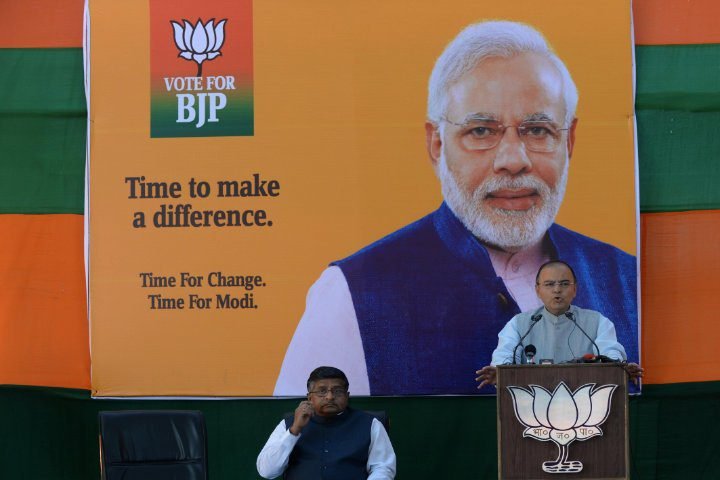

As a result of this movement, Modi built an election campaign on the promise of fighting corruption in the 2014 Lok Sabha elections.
Some of the key issues that the India Against Corruption Movement highlighted were:
- Strong anticorruption measures
- Stricter electoral reforms
- Political representatives with clean criminal records
- Political accountability
- A strong Lokpal, able to take action against the highest government officials
The India Against Corruption Movement has demanded the creation of a Lokpal, which would be led by a chairperson who is or has been a Chief Justice of India, a judge of the Supreme Court, or an eminent person who meets the eligibility criteria as specified.
The draft of the Lokpal Bill proposed by the Government of India was declined by the movement, and they united to draft a citizen’s version of the Lokpal Bill, which was later named the Jan Lokpal.
The Jan Lokpal Bill
The Jan Lokpal Bill (Citizen’s Ombudsman Bill) was drafted by Justice Santosh Hegde (former Supreme Court Judge and former Lokayukta of Karnataka), Prashant Bhushan (Supreme Court Lawyer), and Arvind Kejriwal (RTI activist).
The proposed anti-corruption bill calls for establishing a Jan Lokpal, an independent body tasked with investigating corruption cases within a predetermined timeline. The Lokpal is expected to complete its investigation within one year and initiate the trial process in the following year.
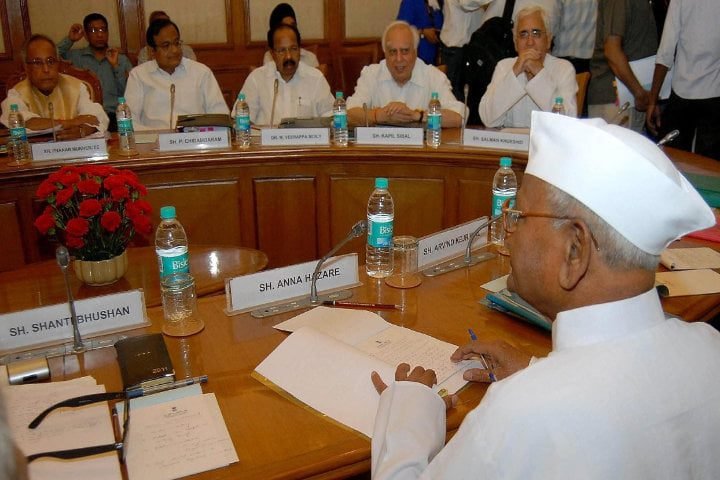

The proposed ‘Jan Lokpal Bill’ aims to establish a system where a corrupt person found guilty would face imprisonment within two years of the complaint being made, and their ill-gotten wealth would be confiscated.
The bill also aims to grant Jan Lokpal power to prosecute politicians and bureaucrats without requiring permission from the government.
The Jan Lokpal Bill gained significant public support after Anna Hazare announced an indefinite fast from April 5, 2011, to pass the bill.
Lokpal and Lokayuktas Bill 2011
The India Against Corruption Movement brought significant attention to the need for robust anti-corruption measures, culminating in the Lokpal Bill.
The Lokpal Bill aims to establish a powerful entity, the Lokpal, tasked with investigating allegations of corruption among various public officials.
The proposed Lokpal would consist of a chairperson and up to eight members, either current or former Supreme Court judges or those with extensive experience in fields relevant to anti-corruption efforts.
Lokpal members are to be selected by a committee comprising high-ranking officials such as the Prime Minister, the Lok Sabha Speaker, and other eminent persons to ensure a bipartisan approach.
The Lokpal would have extensive jurisdiction, covering a wide range of individuals, from former Prime Ministers to officers of public sector undertakings and NGOs receiving substantial public funds.
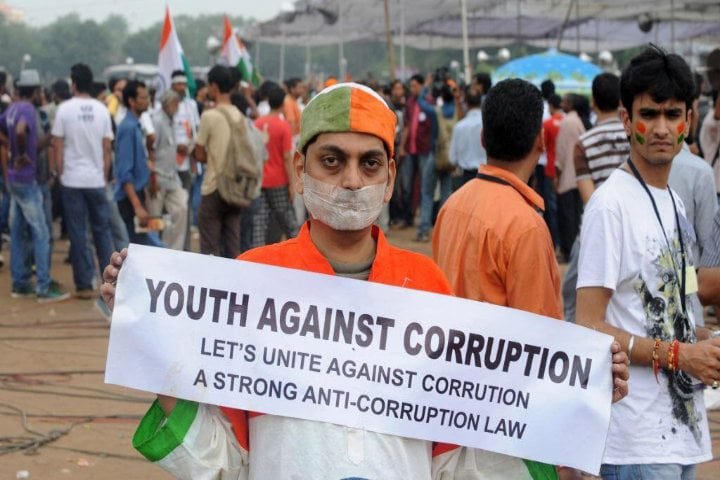

It can conduct investigations and initiate prosecutions without prior sanctions, acting swiftly and effectively. Special courts will expedite Lokpal-related trials, adhering to stringent timelines.
The Lokpal is expected to have a significant annual expenditure of around 100 crore rupees, with substantial initial costs for establishment, demonstrating the government’s commitment to funding the institution adequately.
The Jan Lokpal Bill advocated for more extensive powers and coverage, including direct oversight of the judiciary and inclusion of all public servants, not just Group A officers.
However, there are several differences between the Lokpal Bill and the Jan Lokpal Bill drafted by Team Anna, which was a catalyst for the India Against Corruption Movement. The government’s version of the bill narrows Lokpal’s jurisdiction and involves a different selection process for its members.
The Lokpal and Lokayuktas Act, 2013
The Lokpal and Lokayuktas Bill, 2011 was tabled in the Lok Sabha on December 22, 2011, and passed by the House on December 27, 2011.
It was subsequently tabled in the Rajya Sabha on 29 December. Despite prolonged debate, a vote failed to pass due to a lack of time. On May 21, 2012, it was referred to a select committee of the Rajya Sabha for consideration.
The bill was eventually passed in the Rajya Sabha on December 17, 2013, after certain amendments were made to the earlier version, and in the Lok Sabha the following day. President Pranab Mukherjee gave his assent on January 1, 2014, and the bill came into force on January 16, 2014.
The Lokpal and Lokayukta Act of 2013 mandates that each state must appoint a Lokayukta, similar to the Lokpal at the central level. The Lokayukta is responsible for investigating complaints of corruption against government officers in public offices.
According to the Act, the institution should have both judicial and non-judicial members. The Lokayukta investigates cases of corruption committed at the state level and, once proven, recommends appropriate action.
In 2019, India appointed its first Lokpal, Justice Pinaki Chandra Ghose, along with a team of four judicial and non-judicial members. On 3 March 2020, the Centre notified the rules for lodging complaints with the Lokpal. Currently, the chairperson of Lokpal of India is Shri Justice Ajay Manikrao Khanwilkar.
Impact of the Anti-Corruption Movement and the Way Ahead
Social movements are understood as organized collective efforts working towards achieving change. All social movements have an ideology to identify what is wrong with the present and what needs to be done in the future.
Yogendra Yadav, a popular face once associated with the anticorruption movement, pointed out the limitations of the movement. According to him, the India Against Corruption Movement has allowed people to discuss corruption openly.
It gave some people the strength to question people in public life. However, it did not create a mechanism to check corruption. The Lokpal finally emerged from this, but no one remembers it.
News reports also suggest that in the nearly five years of its existence, it’s difficult to recall even one prominent corruption case that the Lokpal has taken up.
The number of complaints filed with Lokpal has fallen dramatically since it was set up. According to the last updated data on the Lokpal website, merely 30 complaints were lodged in the first seven months of 2021–22, while 1,427 were filed in 2019–20.
To conclude, the Lokpal Bill is a crucial measure in the fight against corruption, but it also reflects a compromise between different political and social viewpoints on the path to a corruption-free government. The ongoing discussions and modifications aim to strike a balance between effectiveness, practical governance, and political feasibility.
The CUET UG 2024 Mass Media and Communication syllabus contains this topic under the Communication section.

